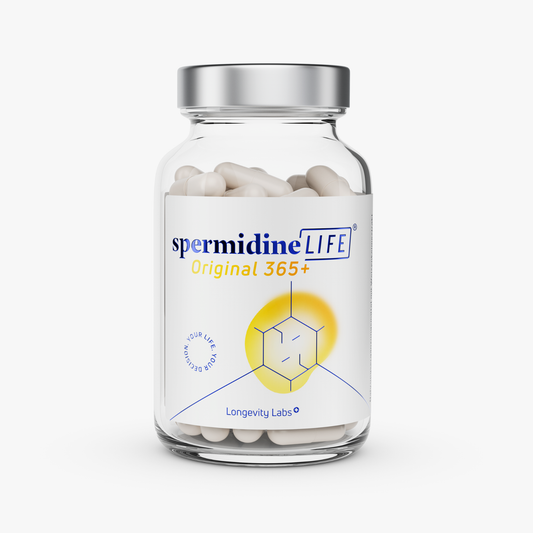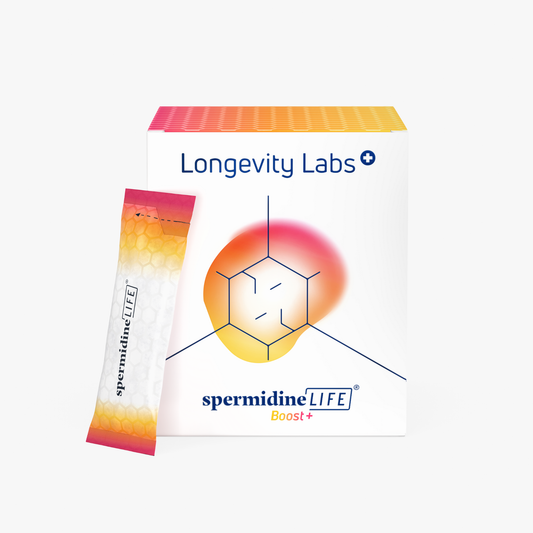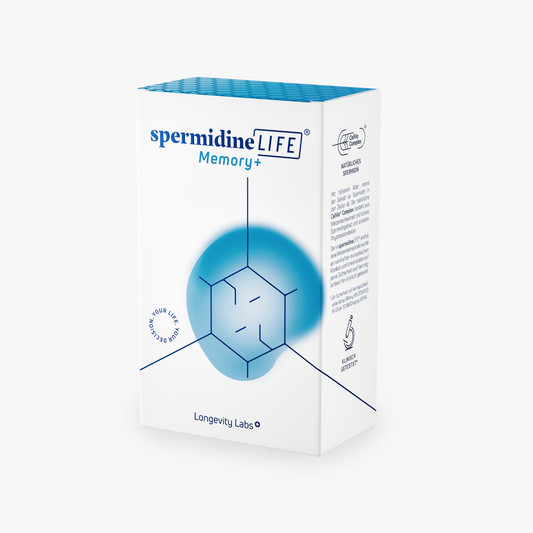
How our cells divide
Science, TLL LongevityLabsCell renewal and cell division are now heard everywhere. Both are indispensable processes that make it possible for us to live. But what actually makes our cells divide and thus double in size? Today we will dive deeper into the topic of cell division.
What is cell division
We talk a lot about cell renewal, metabolism and cell health in general. However, underlying all of these processes is a process that is not only essential to our growth and life, but gets our cells where they need to be to function in the first place: Cell division.
This is because organisms grow and change not (only) by increasing cell size, but much more by dividing cells regularly and thus multiplying. Cell division plays a major role in enabling our skin to renew itself, for example, and in making various tissues in our body functional.
In short, cell division (or cytokinesis) duplicates, for example, a mother cell in such a way that it can give rise to two identical daughter cells without the need for genetic material is lost. So far so good. Unfortunately, the process of cell division is a very complicated process, which we would like to try to explain to you in more detail today.
Let's start with mitosis
Does the word "mitosis" sound familiar? Most of us have heard about it at least once in school. Mitosis is the "basic" form of cell division that allows cells to grow, duplicate, and then divide so that they are identical, as mentioned above. These are divided again and again until they group together and then form tissues or organs. This process, of course, does not work without the interplay of many different parts of the cell functioning in perfect timing.
And here's where it gets complicated.
The processes that take place in a cell from one cell division to the next are described by the word "cell cycle." And this is in turn divided into two phases, which are called interphase (=the growth and doubling phase) and division phase (=this is the actual mitosis). These alternate again and again in each cell cycle: freshly divided cells enter the growth phase until they can divide again, and so on. In mammals, a cycle lasts about 24 hours.
Interphase
You think that's all? Then we have to disappoint you. Because the interphase (how should it be different) can be divided into several phases. During the interphase, our genetic material lies as long filaments (=chromatin). After the preceding division phase, the cell enters the G1 phase (the G comes from "growth") in which all parts of the cells, i.e. organelles, proteins, etc. are duplicated and the cell grows so that it approaches the size of the mother cell. This is followed by the S phase (also called synthesis phase), in which the genetic material is doubled. Once this is accomplished, the G2 phase begins, in which the cell continues to grow in preparation for the upcoming division.
Mitosis phase
Once everything has reached the right size and the cell material has doubled, the cells can begin to divide. As you may have guessed, this again occurs in - surprise - several phases. These are called prophase, metaphase, anaphase and telophase (we'll spare you the details of these phases). During these phases, the long (now duplicated) chromatin filaments become chromosomes, which are then pulled into the newly forming cells so that the same genetic material is fixed in both daughter cells. There, the genetic material is converted back to chromatin and interphase begins again.
So far so good. But our cells divide not only to make duplicates, but also to allow us to safely divide genetic material in half so that it can combine with someone else's genetic material when it reproduces. If our cells didn't do this, the genetic material would double and double every time an egg was fertilized, and we'd rather not ask what the result would be.
In order to make it possible that the amount of our genetic material does not increase exponentially, there is another important form of cell division called meiosis.
Meiosis
In meiosis, the number of chromosomes in our cell nuclei is halved in two steps. In humans, this type of division takes place in the gametes, sperm and egg cells - the cells that are directly involved in reproduction.
As you can probably guess, meiosis can also be divided into several phases. The reduction division (meiosis 1) and the equation division (meiosis 2). During reduction division, the number of chromosomes is first halved. During this process, there is often an exchange of genetic material from paternal and maternal chromosomes. This process, which is also called "crossing-over", allows genetic diversity to be passed on and, when the chromosomes are halved, genetic material from both parts of the fertilization is still retained and recombined. In the second phase, these new bisected chromosome sets are distributed to the daughter cells.
And what happens next?
Once the gametes with halved chromosome sets combine with matching other gametes, the two reduced chromosomes combine and a new, complete cell is formed. This in turn enters the mitotic cycle and thus begins its growth, multiplication and allocation to specific tissues, organs, etc.
Summary
Despite the many phases and complex steps, one cannot deny what a high performance our body achieves through all the processes. Through perfectly coordinated processes, our cells thus enable us to grow, to form our body and to adapt to changes. But not only that, through cell division, genetic diversity is also possible for us. So no matter how complex the process behind it may be - it is a great machinery that shapes our development.






